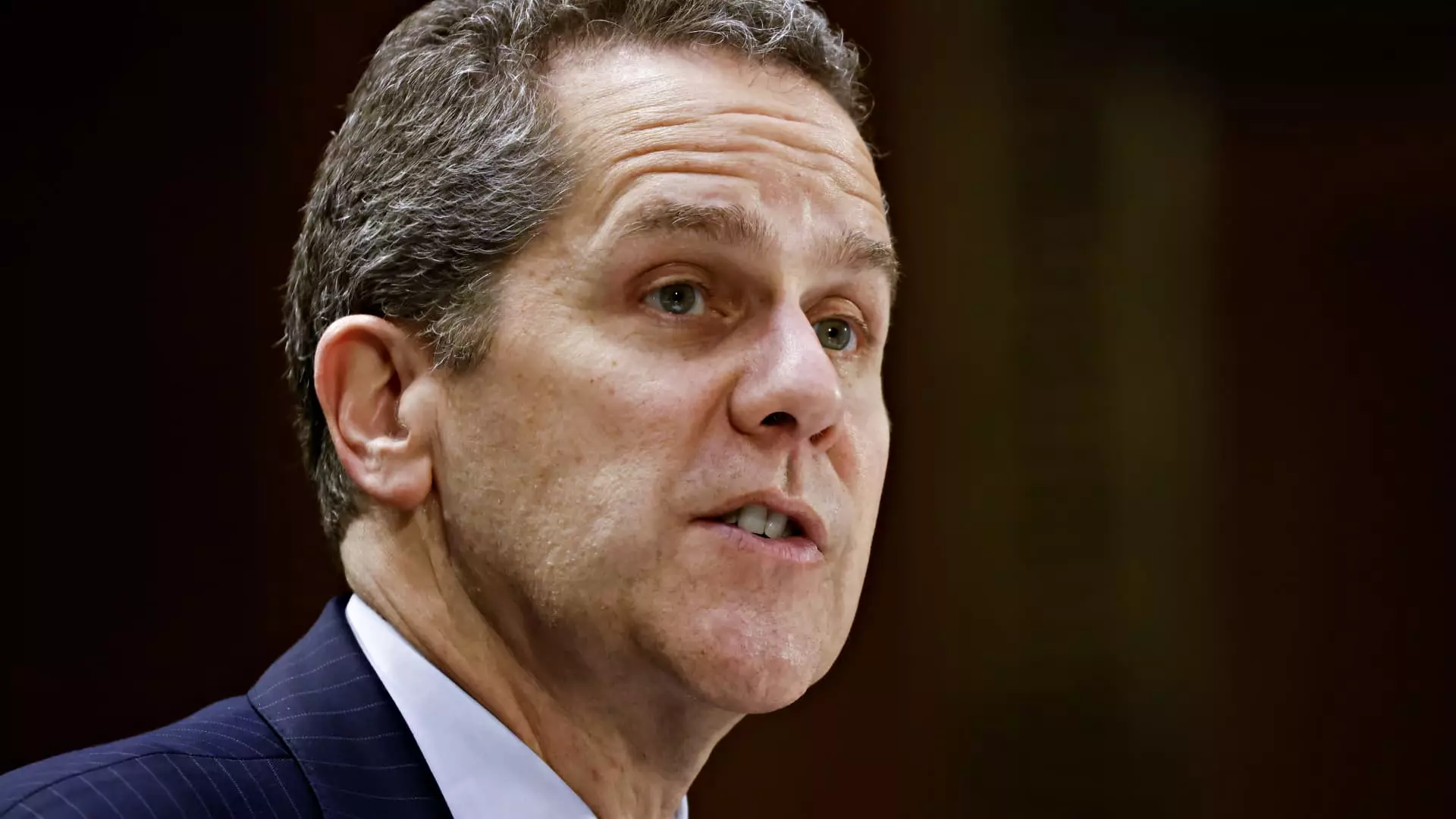In a major leadership change at the Federal Reserve, Michael Barr has announced his resignation as Vice Chair for Supervision, set to take effect on February 28. This decision opens the door for President-elect Donald Trump to appoint a successor, possibly someone who aligns more closely with the new administration’s banking philosophy. Barr, however, will remain a member of the Federal Reserve Board of Governors, a position he will hold until 2026. The transition is significant, as it underscores the inevitable clashes that can arise when policy perspectives shift dramatically with new leadership.
Barr’s choice to resign preemptively seems to be a strategic move to avoid a potential confrontation with the incoming administration. Despite not addressing the speculation directly, he stressed the importance of minimizing distractions in his statement regarding his departure. His intention to refocus on his role as a governor reflects a thoughtful approach to ensuring that his contributions to the Federal Reserve remain impactful.
While there have been concerns regarding Trump’s potential replacement of Barr, the decision has cleared a significant hurdle in the transition process. With an ongoing political climate characterized by divisive views on regulation, Barr’s resignation may facilitate a smoother confirmation of a new vice chair who aligns more closely with Trump’s views, particularly in fostering an environment more favorable to the banking sector.
Following Barr’s announcement, bank stocks displayed an optimistic rally, particularly the SPDR S&P Bank ETF, which saw a notable increase of over 1%. This response from the market indicates a broader industry sentiment eager for regulatory changes that may come under Trump’s appointee. The prospect of a more bank-friendly regulator aligns with the interests of financial institutions that have often found the regulatory framework established after the 2008 financial crisis to be overly restrictive.
In the wake of Barr’s resignation, the Federal Reserve has indicated that it will refrain from making any major regulatory decisions until a replacement is appointed. This pause in policy-making may offer the new vice chair an opportunity to reassess ongoing regulatory frameworks, including the contentious Basel Endgame—proposals that have met with considerable resistance from the banking industry.
Reflections on Barr’s Tenure
Under Barr’s leadership, the Federal Reserve contended with significant challenges, particularly highlighted by the early 2023 banking crisis involving high-profile collapses like Silicon Valley Bank. The institution’s response, which included implementing a liquidity facility, showcased the Fed’s crucial role in stabilizing the financial system during times of crisis.
The position of Vice Chair for Supervision, established in the wake of the 2008 financial collapse, holds historical significance as it symbolizes the ongoing effort to fortify the U.S. banking system. Barr’s tenure was marked by these challenges and the striving to maintain balance in a rapidly evolving financial landscape. In stepping down, he leaves behind a complex legacy and a system poised for transformation as Trump’s administration takes form.
Michael Barr’s resignation as Vice Chair for Supervision reflects both personal strategic decisions and the broader shifts in U.S. financial regulatory dynamics. As the Federal Reserve braces for new leadership, the implications for the banking industry and overall economy remain to be seen.

